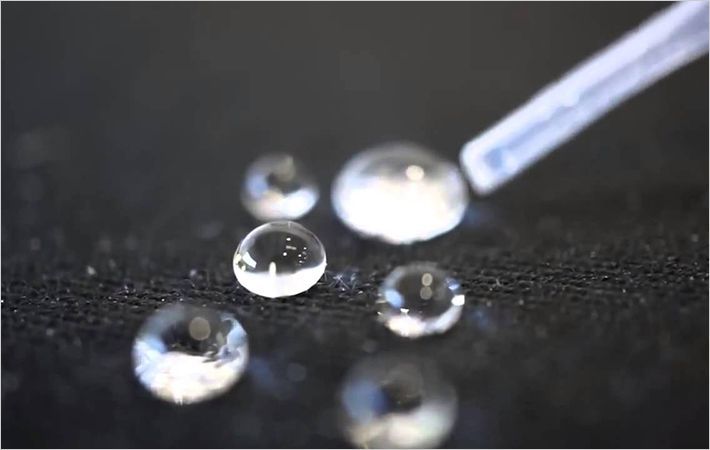Karl Mayer Malimo, which specialises in technical textiles machinery, recently launched Biaxtronic CO, a biaxial machine featuring weft insertion in line with the courses.
Karl Mayer Malimo combined the key components of its RS MSUS-V machine with biaxial technology and developed the new machine.Karl Mayer Malimo, which specialises in technical textiles machinery, recently launched Biaxtronic CO, a biaxial machine featuring weft insertion in #
Karl Mayer says compared to the conventional version, this new composite machine offers an improved cost:benefit ratio and advantages in terms of its operation and maintenance.
But above all it offers an important advantage, particularly for the Chinese wind turbine market.
In China, manufacturers of multiaxial structures for the blades of wind turbines want a construction containing weft yarns that are not pierced during the knitting process
As with all stitch-bonded biaxial textiles, the fabrics produced on the Biaxtronic CO are made up of zero inlays and weft yarns and, if required, an additional base web, such as a chopped glass strand mat or a nonwoven.
The two reinforcing yarn systems are inserted absolutely straight and parallel at angles of 0 and 90º and fixed in place by stitches.
“This avoids variations caused by the construction, which lead to loss of strength and undesirable stretching with woven fabrics,” the knitting machines manufacturer explains.
Most machines on the composites market operate on the basis of weft insertion that is not in line with the courses, while in this new technology, weft yarns are inserted in line with the courses and weft yarns are not pierced or damaged.
This enables higher strength levels to be achieved when using conventional materials. On the other hand, new yarn combinations can be used for the same strength values.
The Biaxtronic CO is available in working widths of 100", 101" and 102". It is available in standard gauges of E 5, E 6, E 7 and E 10.
The standard feature also includes the Kamcos system, an N-drive with a maximum of three pattern discs, an operating interface with 12.1" touch screen monitor, and a warp beam frame with one or two warp beam positions.
An electronically controlled yarn let-off drive is available for each mounted warp beam and the maximum flange diameter of the sectional warp beams is 32".
The zero inlays are delivered via electrically driven delivery rollers from creels and the tried-and-tested MSUS system is responsible for weft insertion.
A complementary laying device runs ahead of the weft laying device, which ensures that all the yarns are taken off at the same tension and speed and yarn layers are fed to the knitting point via the transport chain.
The knitting elements are also similar to those of a weft-insertion warp knitting machine, and include a compound needle and closing wire bar, knock-over sinker bar, zero inlay bar, counter retaining bar with support rail, and one or two ground guide bars for stitch formation.

